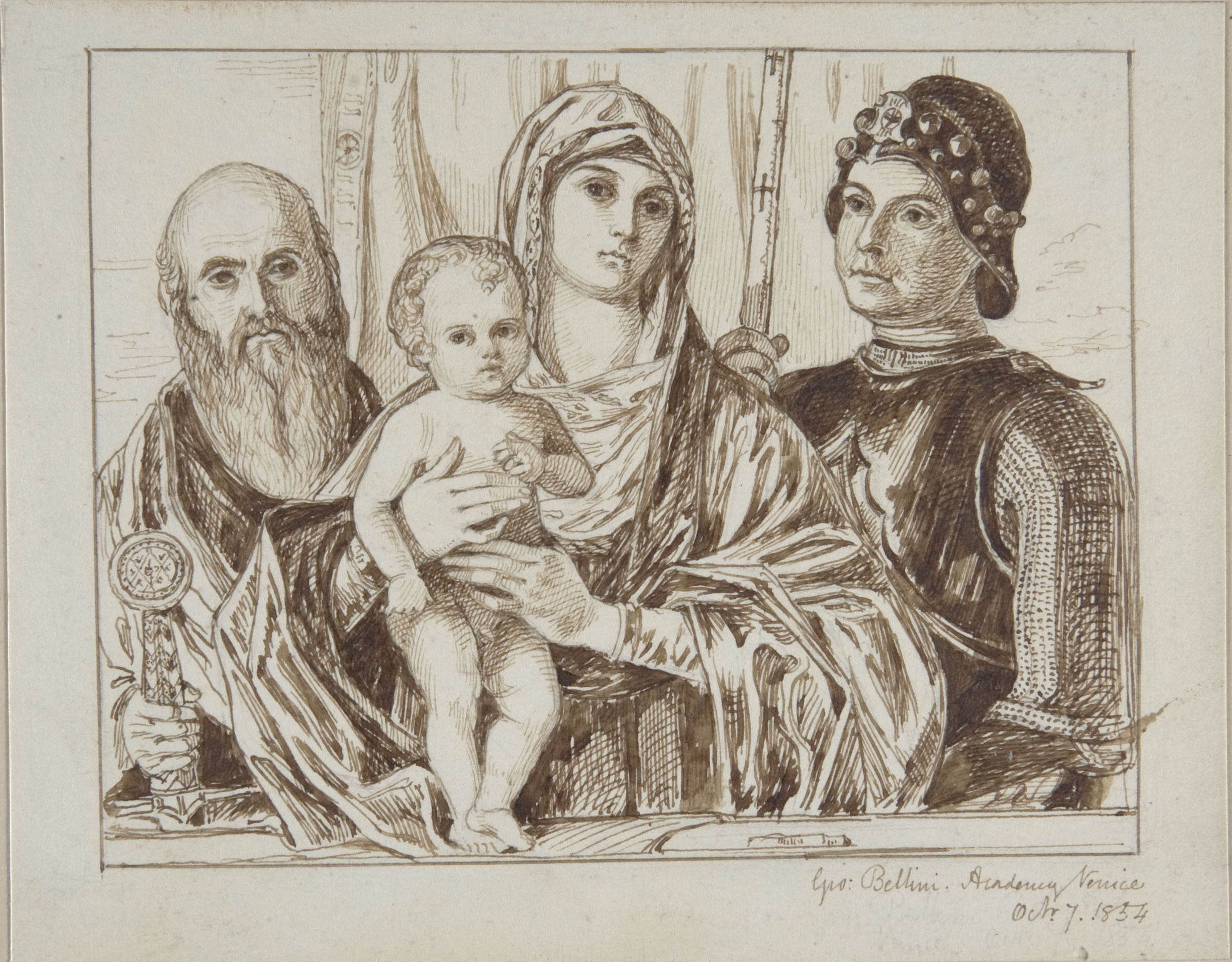Relevant new information has come to my attention since my original article went to press.
It emerges that in addition to her work with nascent public art galleries, Anna Jameson also gave valuable assistance in relation to the pioneering and celebrated Manchester Art Treasures Exhibition of 1857, the largest exhibition of British and European art ever staged. George Scharf, future first director of the National Portrait Gallery, was appointed its ‘Art Secretary’ with responsibility (between September 1856 and October 1857) for securing and arranging loans for the ‘Gallery of Ancient [Old] Masters’ part of the exhibition, and he also acted as a scout for the ‘British Portrait Gallery’ section. That he frequently cited Jameson’s Handbook to the Public Galleries of Art in London and its companion in his section of the exhibition catalogue, alongside other respected sources, is well known. What has not been sufficiently acknowledged by scholars is the behind-the-scenes help Jameson gave to Scharf, which is detailed in various letters among the Scharf correspondence concerning the Art Treasures Exhibition preserved in the Manchester City Library. In a letter to one of the lenders, William Fuller Maitland, for instance, Scharf readily admitted that he had ‘been guided not only by Waagen’s notes, but what my friend Mrs Jameson has at various times mentioned to me’.1 And in another letter to Jameson herself, Scharf noted:
You will always find me ready and thankful to talk with you about our great undertaking and I should be only too happy to welcome you here and show you what advances we have practically made […]. Any suggestions you may be disposed to afford will be duly appreciated by our Executive committee.2
This episode provides further unassailable evidence that by mid-century Jameson’s knowledge and expertise was fully recognized and utilized by those in positions of authority in the Victorian art world.
Notes
- Scharf to Fuller Maitland, 1 October 1856, Manchester City Library, M6/2/6/1/24-25, first cited in Elizabeth A. Pergam, ‘“Waking the Soul”: The Manchester Art Treasures Exhibition of 1857 and the State of the Arts in Mid-Victorian Britain’ (unpublished doctoral dissertation, Institute of Fine Arts/New York University, 2001), p. 118. I am indebted to Philip Cottrell for drawing my attention to Jameson’s links with the Manchester Art Treasures Exhibition and for generously sharing relevant correspondence, ahead of publishing extracts from it in an article for the Burlington Magazine (forthcoming). For Cottrell’s pioneering digital project for the National Portrait Gallery, ‘The Sir George Scharf Sketchbooks’, which focuses on Scharf’s ambitious countrywide survey of old master paintings in British collections carried out between 1856 and 1857 in relation to his work for the 1857 Manchester Art Treasures Exhibition, see ‘The Sir George Scharf Sketchbooks’ <https://www.npg.org.uk/research/scharf-sketchbooks/> [accessed 25 April 2019]. [^]
- Scharf to Jameson, 9 January 1857, Manchester City Library, M6/2/6/1/171-172, cited in Pergam, p. 118. [^]

